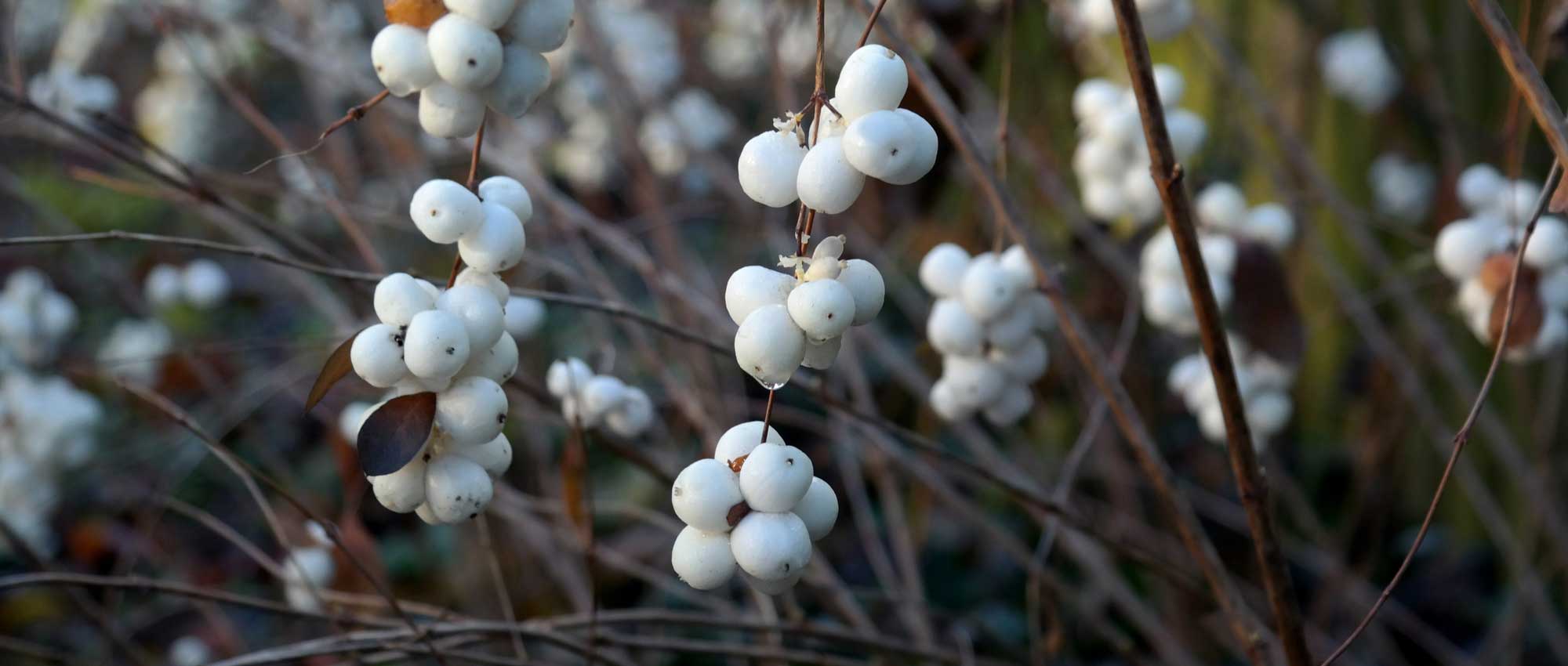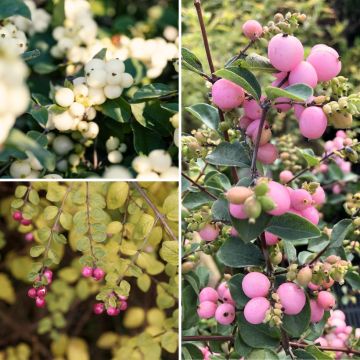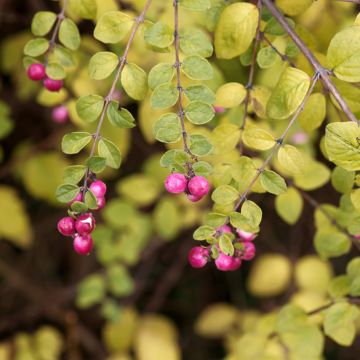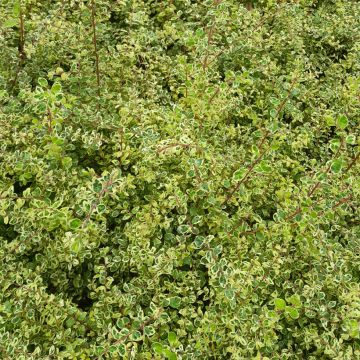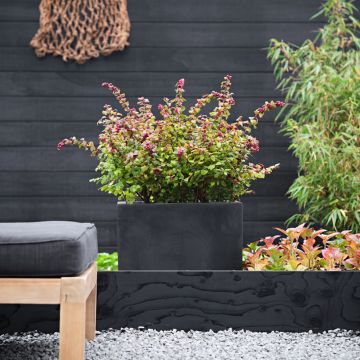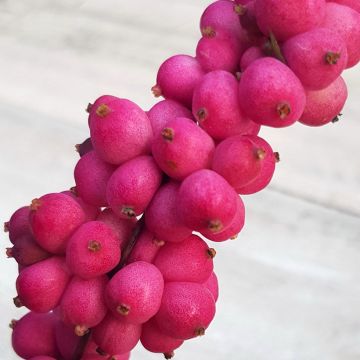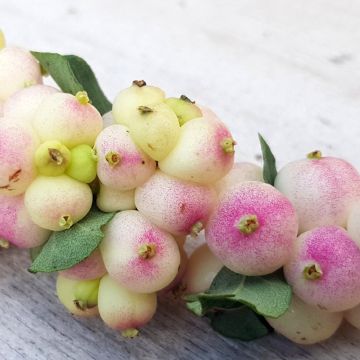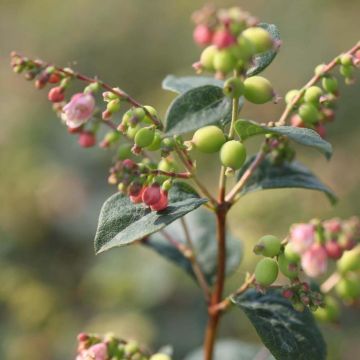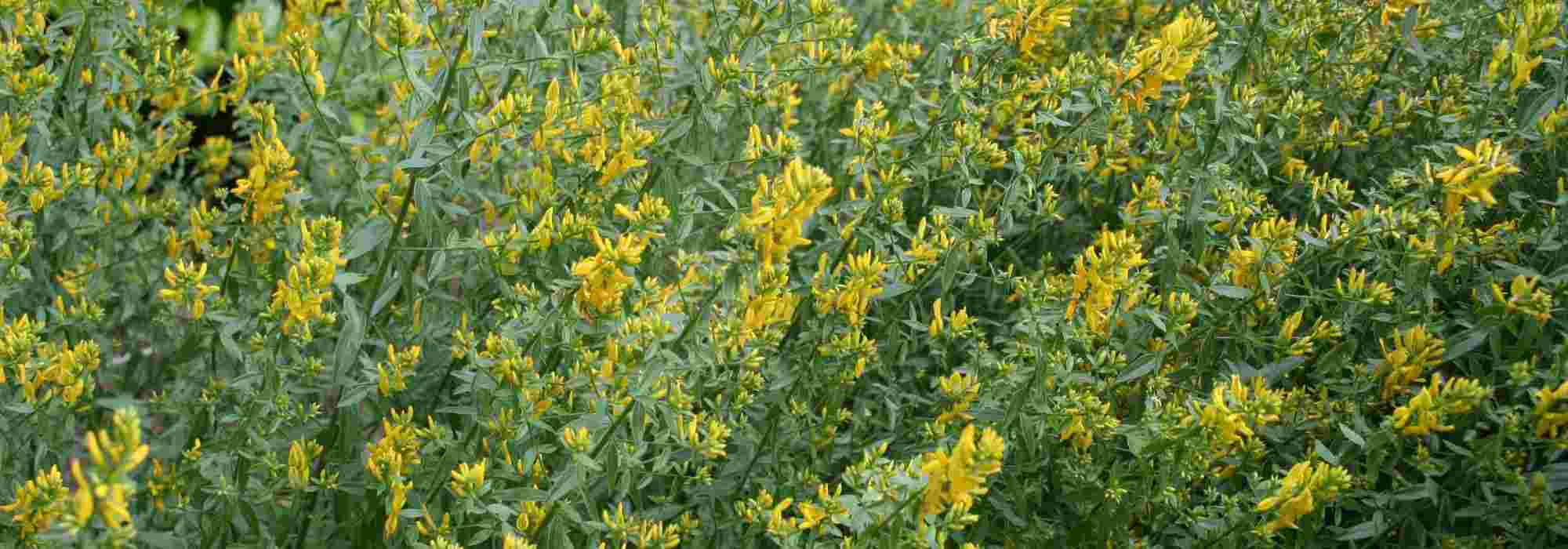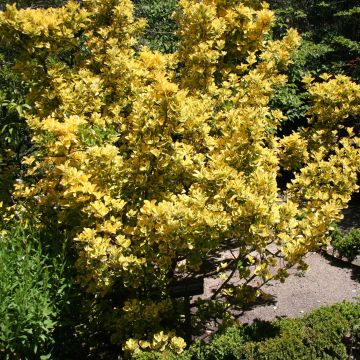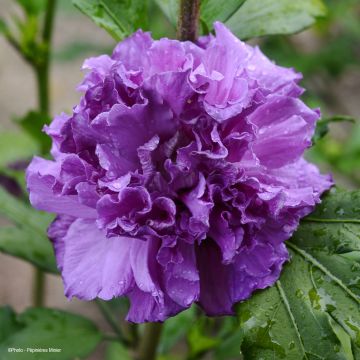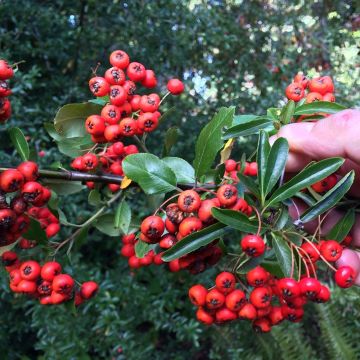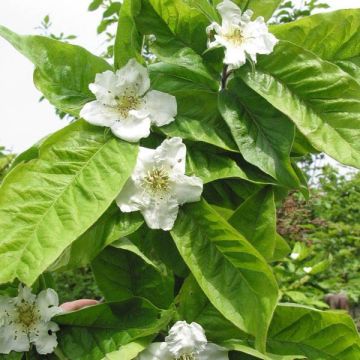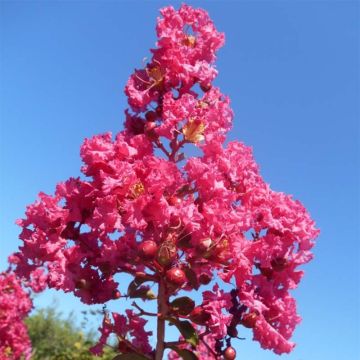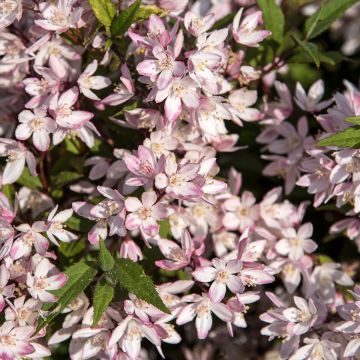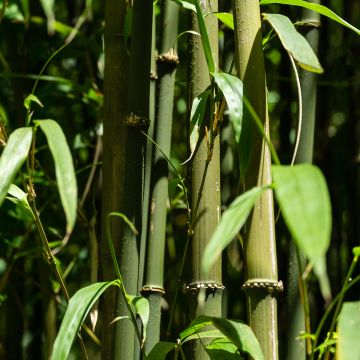

Symphorycarpos albus
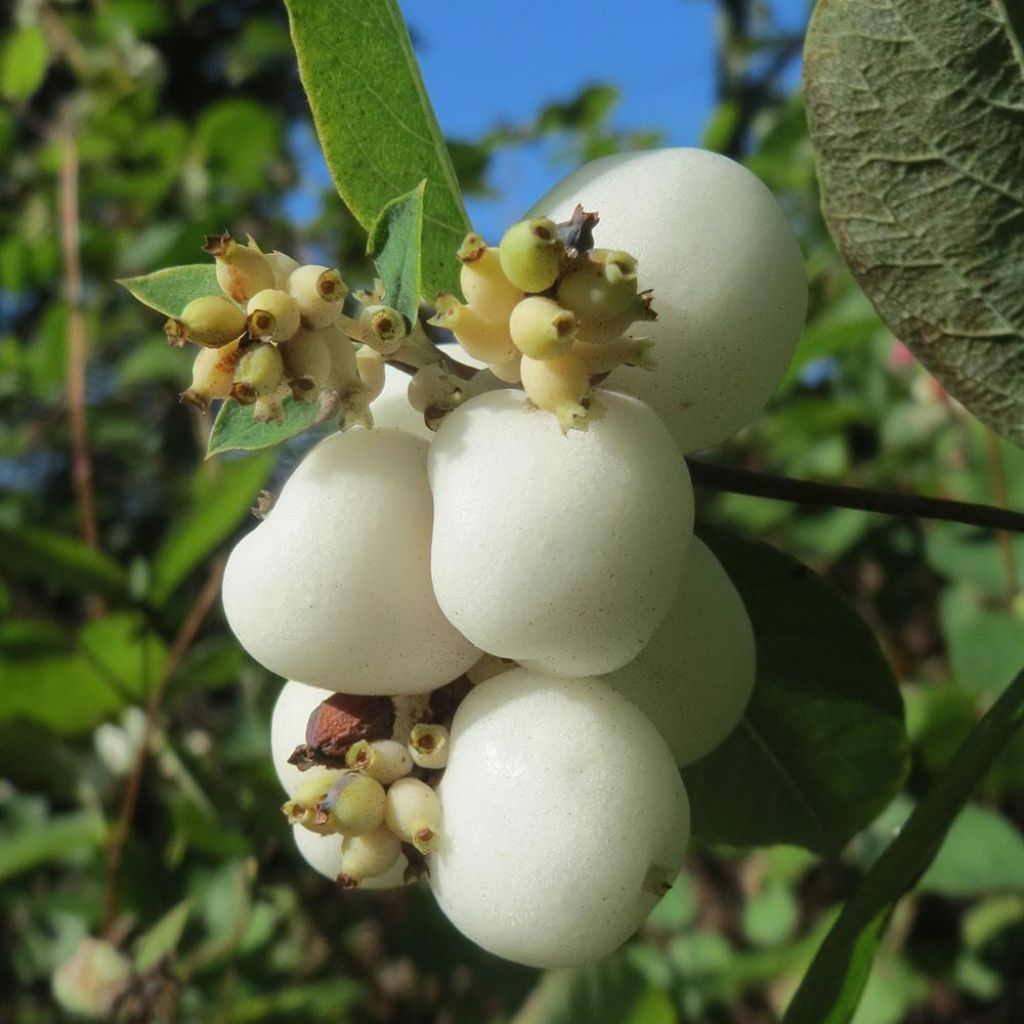

Symphorycarpos albus
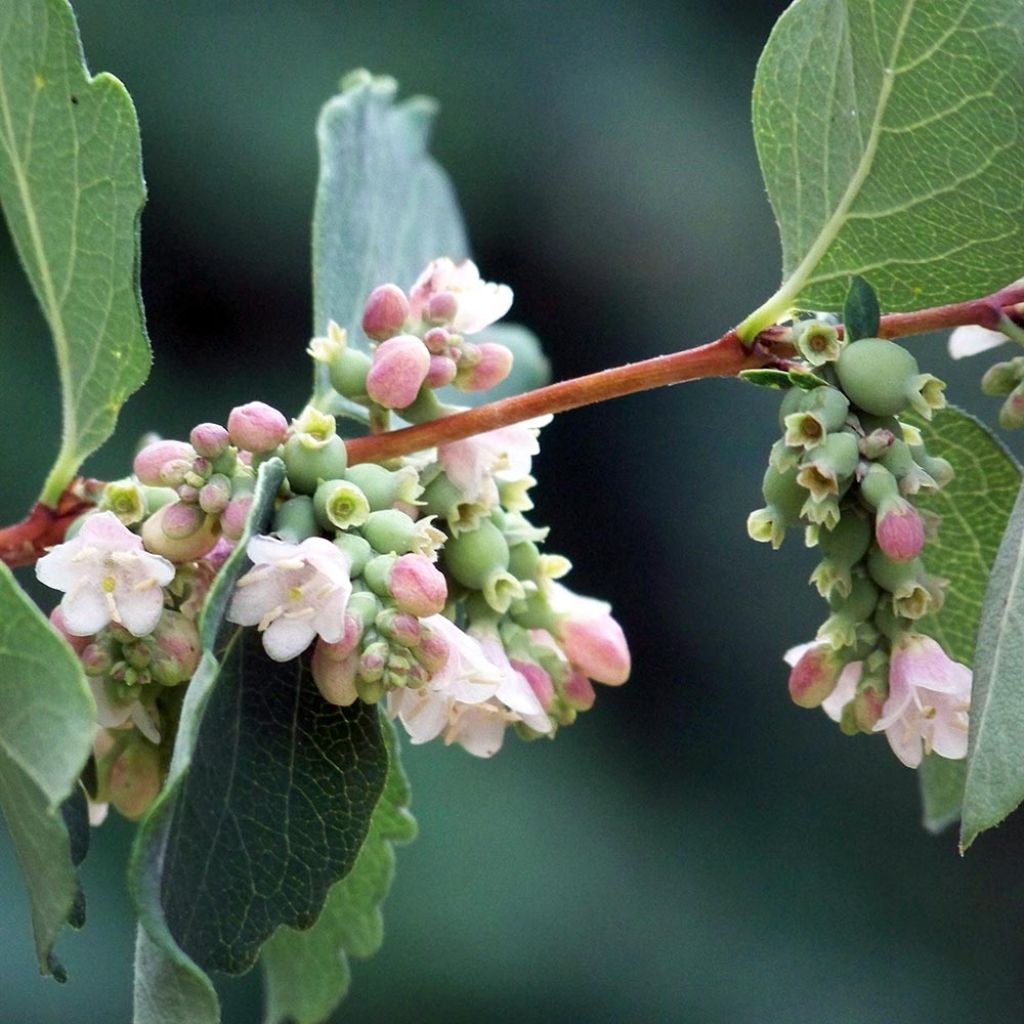

Symphorycarpos albus
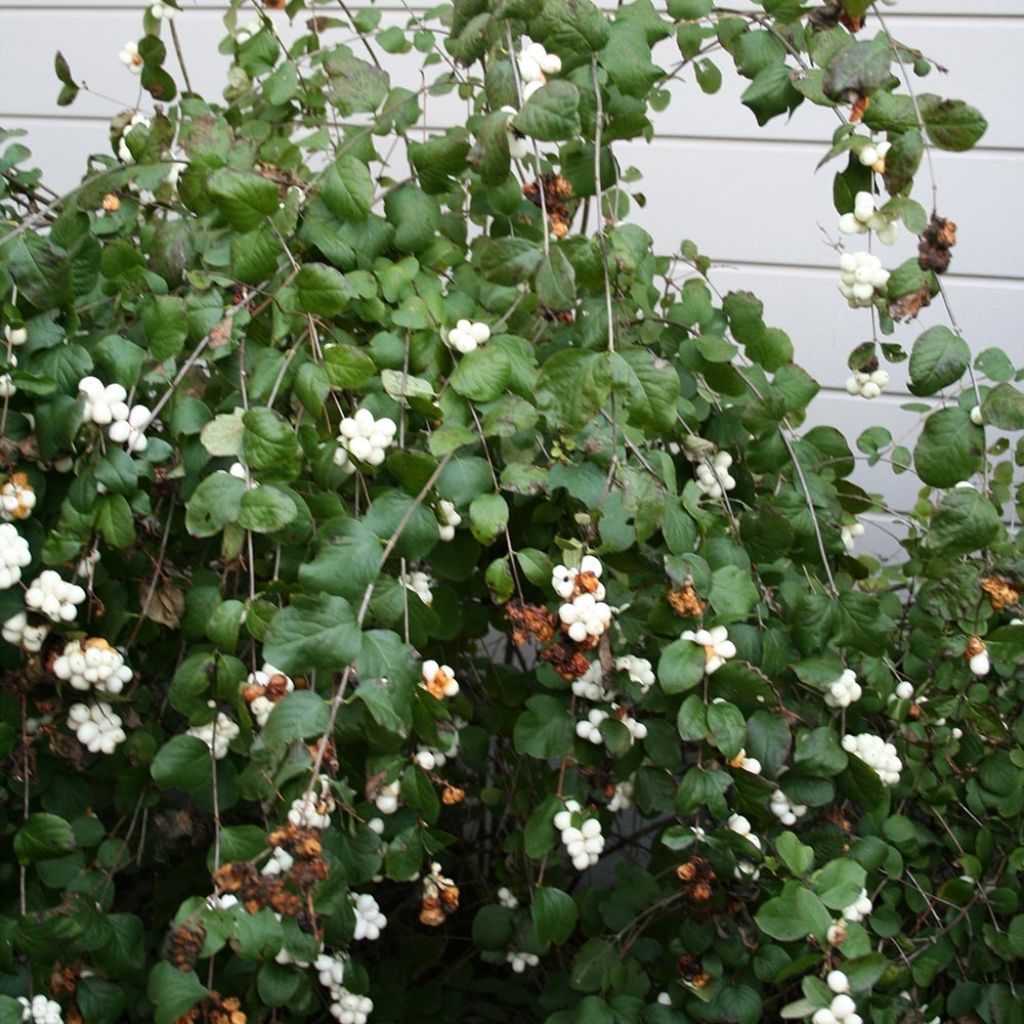

Symphorycarpos albus
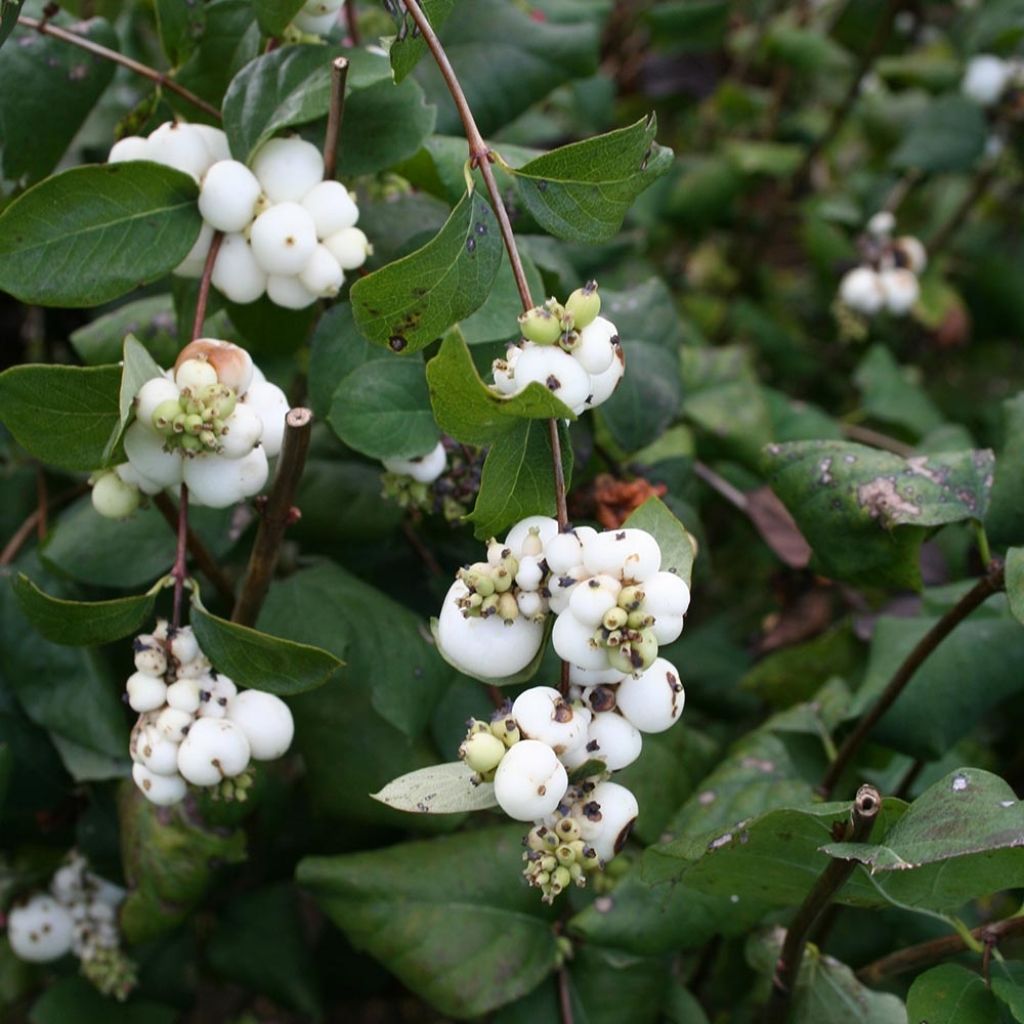

Symphorycarpos albus
Symphorycarpos albus
Symphorycarpos albus
Common Snowberry, Waxberry
Given the temperatures, the buds are already emerging.
Claude , 17/12/2023
Special offer!
Receive a €20 voucher for any order over €90 (excluding delivery costs, credit notes, and plastic-free options)!
1- Add your favorite plants to your cart.
2- Once you have reached €90, confirm your order (you can even choose the delivery date!).
3- As soon as your order is shipped, you will receive an email containing your voucher code, valid for 3 months (90 days).
Your voucher is unique and can only be used once, for any order with a minimum value of €20, excluding delivery costs.
Can be combined with other current offers, non-divisible and non-refundable.
Home or relay delivery (depending on size and destination)
Schedule delivery date,
and select date in basket
This plant carries a 24 months recovery warranty
More information
We guarantee the quality of our plants for a full growing cycle, and will replace at our expense any plant that fails to recover under normal climatic and planting conditions.
Would this plant suit my garden?
Set up your Plantfit profile →
Description
The Symphoricarpos albus, commonly called white snowberry is a bush with a spreading habit valued for its pearlescent white berries, which enliven darker corners of the garden in winter. Its slender and delicate branches arch and gracefully droop. It bears attractive, light foliage, bluish-green with a villous underside. This is a plant that produces numerous suckers, allowing it to spread rapidly and form a dense ground cover in a very short time. Easy to grow in full sun or partial shade in any good garden soil, it is a fail-safe plant that requires no maintenance.
The Symphoricarpos albus belongs to the caprifoliaceae family, just like honeysuckles. This hardy deciduous bush is native to North America, mainly found in the northern United States and Canada. Introduced in the early 19th century, it is a species that has easily naturalised in Western Europe. It is a border species that thrives in temperate and cold climates and tolerates all conditions, except drought and heat. It even tolerates sea spray and urban pollution, often used in urban landscaping to stabilise slopes along roadsides.
The white snowberry forms a bushy and spreading shrub, reaching an average of 2 metres (6 feet 7 inches) in all directions, with very rapid growth. Its foliage is late deciduous, composed of small ovate-rounded leaves measuring 2 cm (0.8 in) long, bluish-green on the upper surface but lighter green on the underside. The lamina is slightly villous. Flowering occurs from June to September, in the form of small bell-shaped flowers in clusters, pale pinkish-white, not very noticeable. After pollination by insects, they give way to numerous small berries measuring 1 cm (0.4 in) in diameter, pearlescent white in colour, resembling pearls but spongy to the touch. They persist for a long time, from September to January. Be careful as these berries are slightly toxic if ingested but are highly appreciated by birds.
Snowberries are known for their hardiness and beautiful winter fruiting. The white snowberry is ideal for covering large areas in challenging areas of the garden, bringing a very polished touch. It will be appreciated for its ease of cultivation in both shade and sun, its rustic appearance, and its pearlescent fruiting. Perfect at the base of a large hedge or in a shaded and bare corner of the garden, for example under a large tree, in a garden that leaves room for nature. Plant it without hesitation on a large slope, above a wall or retaining wall, at the edge of the terrace or a pathway.
Symphorycarpos albus in pictures
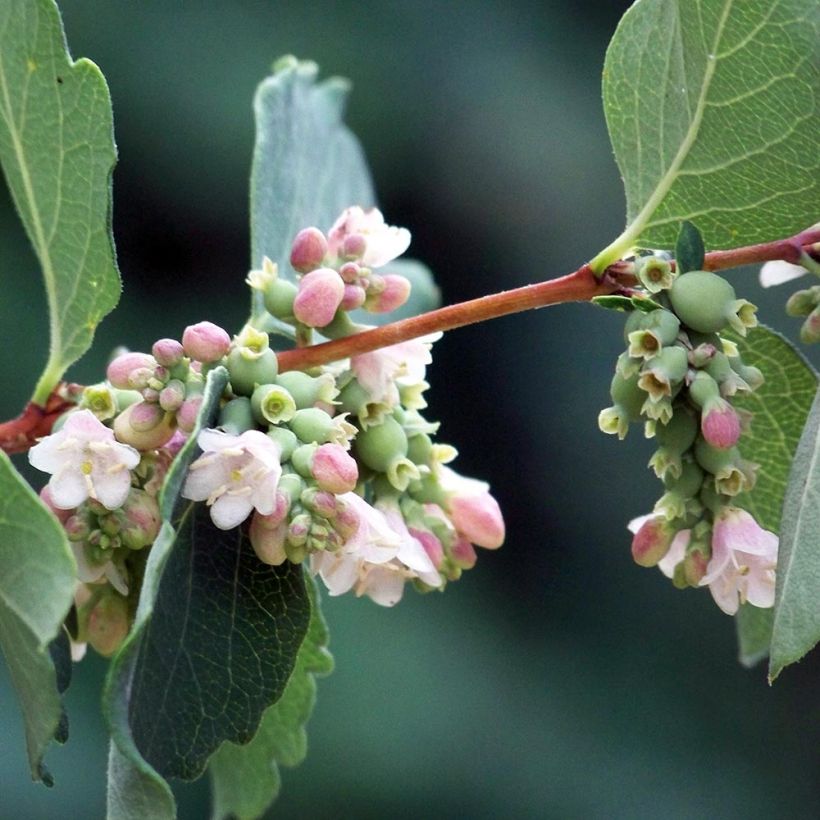

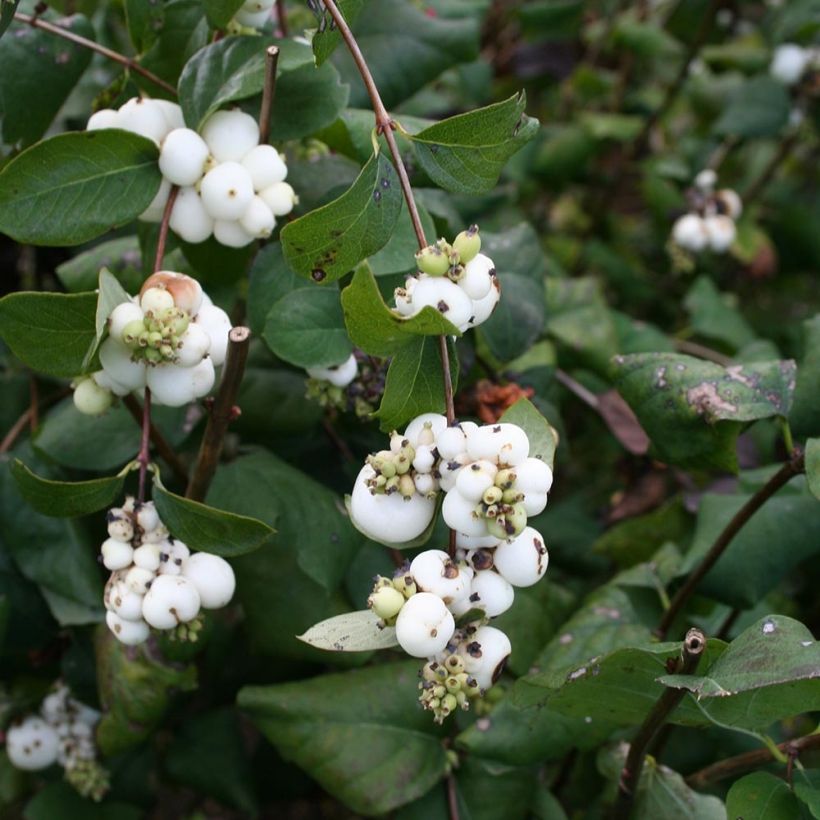

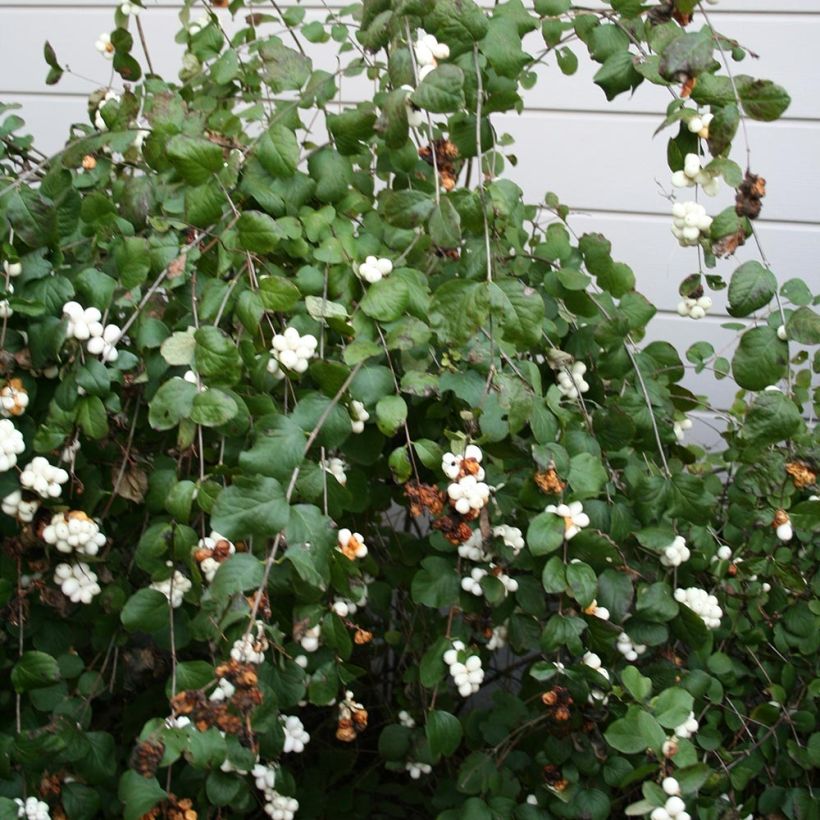

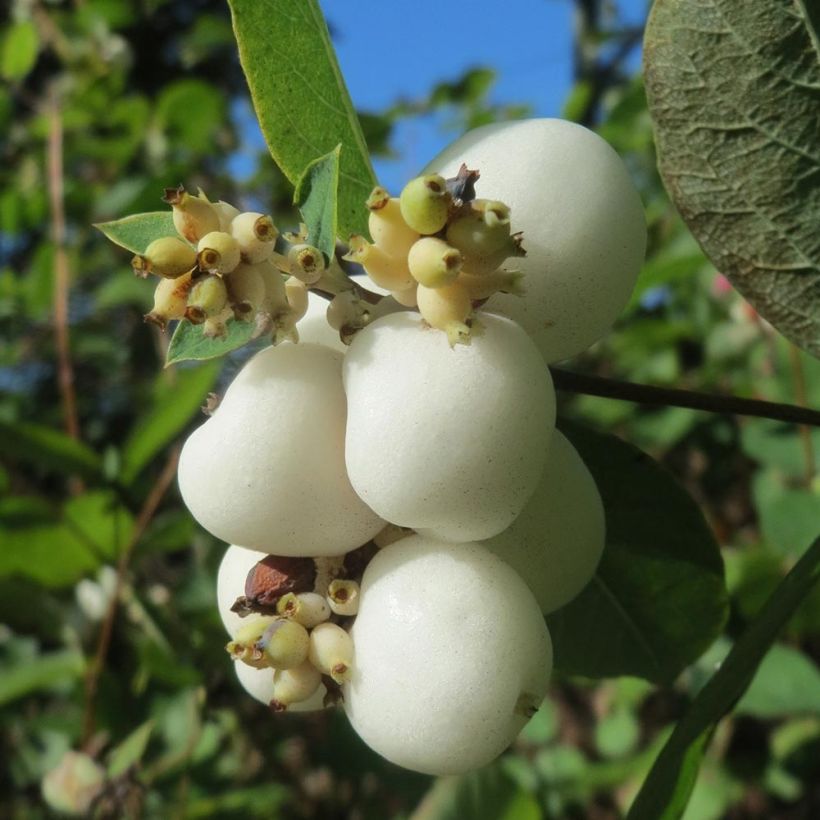

Plant habit
Flowering
Foliage
Botanical data
Symphorycarpos
albus
Caprifoliaceae
Common Snowberry, Waxberry
North America
Other Symphoricarpos
View all →Planting and care
The white symphoricarpos adapts to all exposures: it tolerates shade, but will be more floriferous and fruitful in partial shade or in the sun. It is a hardy and easy to grow bush that is suitable for all types of soil, even limestone, clayey or poor soil. It even accommodates dry soils and root-infested soils that are found under large trees and at the base of hedges. You can do a pruning in late winter.
Planting period
Intended location
Care
Planting & care advice
-
, onOrder confirmed
Reply from on Promesse de fleurs
Similar products
Haven't found what you were looking for?
Hardiness is the lowest winter temperature a plant can endure without suffering serious damage or even dying. However, hardiness is affected by location (a sheltered area, such as a patio), protection (winter cover) and soil type (hardiness is improved by well-drained soil).

Photo Sharing Terms & Conditions
In order to encourage gardeners to interact and share their experiences, Promesse de fleurs offers various media enabling content to be uploaded onto its Site - in particular via the ‘Photo sharing’ module.
The User agrees to refrain from:
- Posting any content that is illegal, prejudicial, insulting, racist, inciteful to hatred, revisionist, contrary to public decency, that infringes on privacy or on the privacy rights of third parties, in particular the publicity rights of persons and goods, intellectual property rights, or the right to privacy.
- Submitting content on behalf of a third party;
- Impersonate the identity of a third party and/or publish any personal information about a third party;
In general, the User undertakes to refrain from any unethical behaviour.
All Content (in particular text, comments, files, images, photos, videos, creative works, etc.), which may be subject to property or intellectual property rights, image or other private rights, shall remain the property of the User, subject to the limited rights granted by the terms of the licence granted by Promesse de fleurs as stated below. Users are at liberty to publish or not to publish such Content on the Site, notably via the ‘Photo Sharing’ facility, and accept that this Content shall be made public and freely accessible, notably on the Internet.
Users further acknowledge, undertake to have ,and guarantee that they hold all necessary rights and permissions to publish such material on the Site, in particular with regard to the legislation in force pertaining to any privacy, property, intellectual property, image, or contractual rights, or rights of any other nature. By publishing such Content on the Site, Users acknowledge accepting full liability as publishers of the Content within the meaning of the law, and grant Promesse de fleurs, free of charge, an inclusive, worldwide licence for the said Content for the entire duration of its publication, including all reproduction, representation, up/downloading, displaying, performing, transmission, and storage rights.
Users also grant permission for their name to be linked to the Content and accept that this link may not always be made available.
By engaging in posting material, Users consent to their Content becoming automatically accessible on the Internet, in particular on other sites and/or blogs and/or web pages of the Promesse de fleurs site, including in particular social pages and the Promesse de fleurs catalogue.
Users may secure the removal of entrusted content free of charge by issuing a simple request via our contact form.
The flowering period indicated on our website applies to countries and regions located in USDA zone 8 (France, the United Kingdom, Ireland, the Netherlands, etc.)
It will vary according to where you live:
- In zones 9 to 10 (Italy, Spain, Greece, etc.), flowering will occur about 2 to 4 weeks earlier.
- In zones 6 to 7 (Germany, Poland, Slovenia, and lower mountainous regions), flowering will be delayed by 2 to 3 weeks.
- In zone 5 (Central Europe, Scandinavia), blooming will be delayed by 3 to 5 weeks.
In temperate climates, pruning of spring-flowering shrubs (forsythia, spireas, etc.) should be done just after flowering.
Pruning of summer-flowering shrubs (Indian Lilac, Perovskia, etc.) can be done in winter or spring.
In cold regions as well as with frost-sensitive plants, avoid pruning too early when severe frosts may still occur.
The planting period indicated on our website applies to countries and regions located in USDA zone 8 (France, United Kingdom, Ireland, Netherlands).
It will vary according to where you live:
- In Mediterranean zones (Marseille, Madrid, Milan, etc.), autumn and winter are the best planting periods.
- In continental zones (Strasbourg, Munich, Vienna, etc.), delay planting by 2 to 3 weeks in spring and bring it forward by 2 to 4 weeks in autumn.
- In mountainous regions (the Alps, Pyrenees, Carpathians, etc.), it is best to plant in late spring (May-June) or late summer (August-September).
The harvesting period indicated on our website applies to countries and regions in USDA zone 8 (France, England, Ireland, the Netherlands).
In colder areas (Scandinavia, Poland, Austria...) fruit and vegetable harvests are likely to be delayed by 3-4 weeks.
In warmer areas (Italy, Spain, Greece, etc.), harvesting will probably take place earlier, depending on weather conditions.
The sowing periods indicated on our website apply to countries and regions within USDA Zone 8 (France, UK, Ireland, Netherlands).
In colder areas (Scandinavia, Poland, Austria...), delay any outdoor sowing by 3-4 weeks, or sow under glass.
In warmer climes (Italy, Spain, Greece, etc.), bring outdoor sowing forward by a few weeks.






























